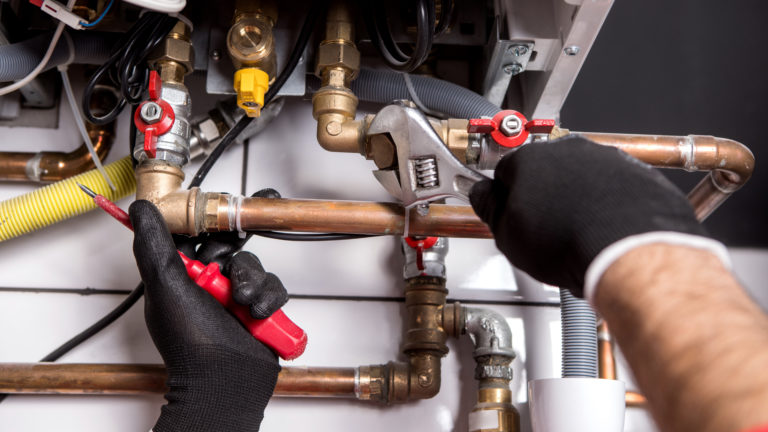Gas pipes are an essential feature in most homes. With winter approaching, you may consider working on your heating system. Because this often involves gas lines, it’s important to know a thing or two about gas pipes.
At first glance, these pipes look like they’re all the same size and shape, but actually, there are many different types of materials used for them. Therefore, you need to know what you’re dealing with because gas lines can be dangerous if not handled properly. If you’re unsure where to start, you could have a look at the Yelp listing for Dan’s or check out many other professional sites.
But before you do all that, this article will take you through five things you need to know about gas pipes.
What A Gas Pipe Is
A gas pipe is a piping system designed to transport natural gas and other gaseous fuels. Although it’s considered a system, the terms ‘gas piping’ or simply ‘piping’ are often used interchangeably when referring to the components that compose it.
Gas piping may be installed in either above-ground or underground applications. Above-ground gas piping is less expensive than its underground counterpart, but it’s also more susceptible to freezing or leaking and damage from external sources.
Types Of Gas Pipes
Three main types of gas pipes can be used to transport natural gas from the wellhead to your home. These materials include:
- Black steel
This is the most common material used in gas piping. It’s a durable, economical choice that provides good corrosion resistance and reasonable flexibility. But the main downside is its weight.
Black steel pipe has a high density, which means it’s heavy and difficult to handle compared with copper or PVC pipes in some applications such as under-floor heating systems. The other drawback of black steel is that it can rust if exposed to moisture or water (if not properly coated with paint or other protective coatings), which means you need to take extra care when installing a new gas line in your home.
- Copper
Copper pipes have been used historically as a source of drinking water supply lines because they’re easily bendable and lightweight. Copper has excellent corrosion resistance properties, which make it resistant against bacteria growths inside drainpipes that may affect health conditions like asthma attacks caused by mold spores. Copper is nonetheless more expensive than black steel but offers better corrosion resistance at lower temperatures due to its higher melting point of 1,083°C vs 790°C.
- Polyvinyl chloride (PVC)
This is another popular choice for natural gas lines, although it won’t last as long as either black steel or copper when exposed outdoors. PVC offers good corrosion resistance at low temperatures but doesn’t perform well in higher heat environments such as those found inside furnaces or boilers. PVC, however, remains one of the cheapest options available today for residential uses.

Gas Pipes Aren’t One Size Fits All
It can be confusing to know which material is suitable for your application, especially when trying to choose between copper and PVC pipes. Different materials have different properties and perform better in certain applications than others.
To make the best choice for your needs, you need to know how each material performs in the following areas:
- Durability. Does it hold up well outside, or does it corrode easily?
- Cost. How much does it cost per foot of pipe, and what does this mean for your budget?
- Resistance to pressure. Will this pipe be able to withstand high pressure?
Hire A Professional
Hiring a professional might be a good idea if you don’t know how to handle gas pipes. However, if you want to learn how to do it yourself and save some money in the process, there are plenty of online resources that can give you step-by-step instructions on subjects like replacing your gas pipes. This will allow you to pick the correct lines and complete the job without issues later down the road.
You can also engage a plumber or handyman who’ll teach you how exactly they’d go about replacing one of these pipes in your house during an emergency.
Gas Piping Safety
Natural gas can be dangerous. You need to ensure that your pipes are safe, so it’s a good idea to have a professional come out and inspect any new system before you start using it.
This may seem unnecessary if you know that your gas service is in good shape, but there could be significant safety hazards lurking right under your nose without you knowing it until something goes wrong. It’s always better to be safe than sorry.
Conclusion
Gas pipes come in different shapes and sizes. It’s important to understand the type that best suits your requirement. Hopefully, this article will be helpful the next time you need a natural gas pipe.








